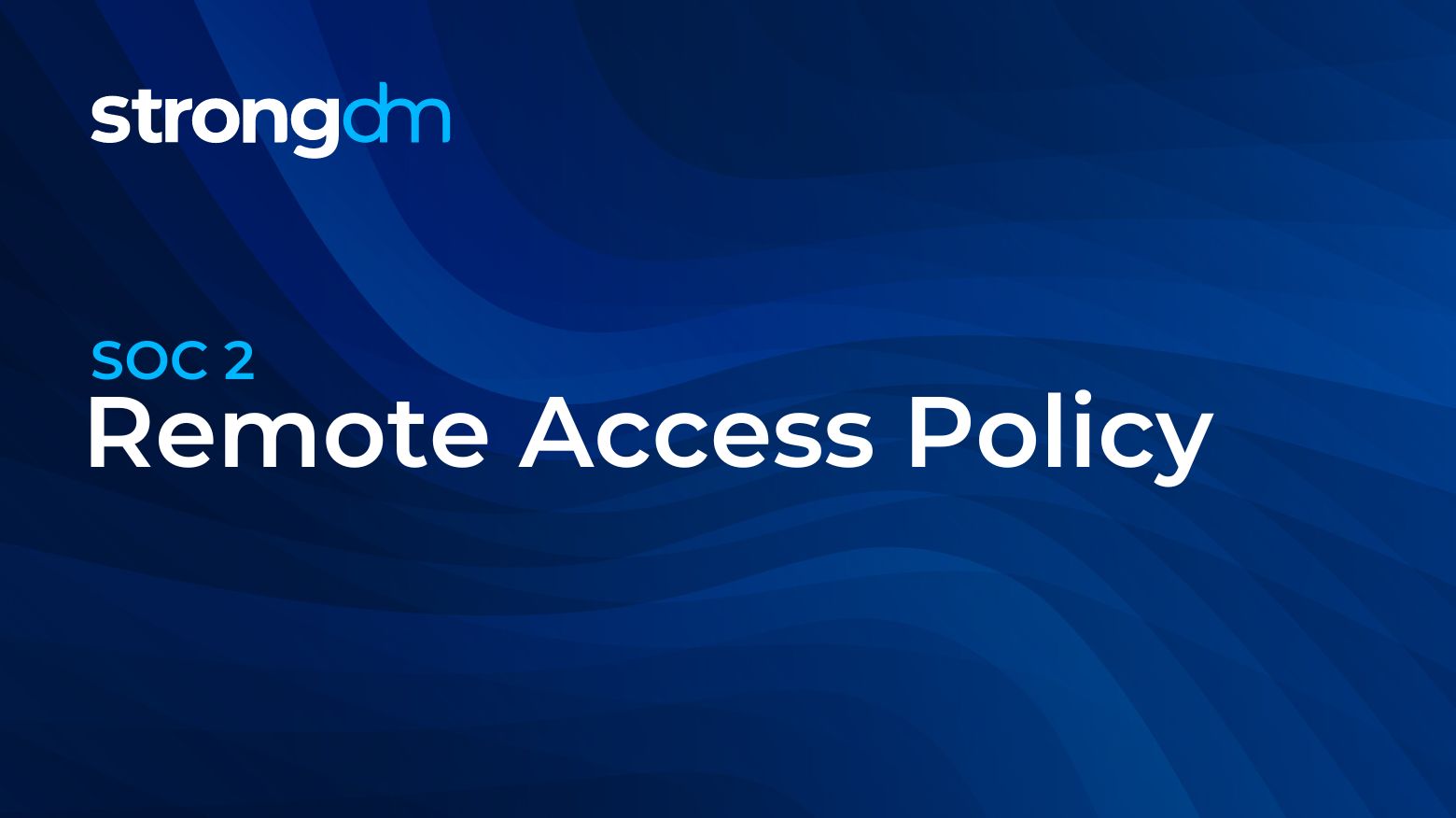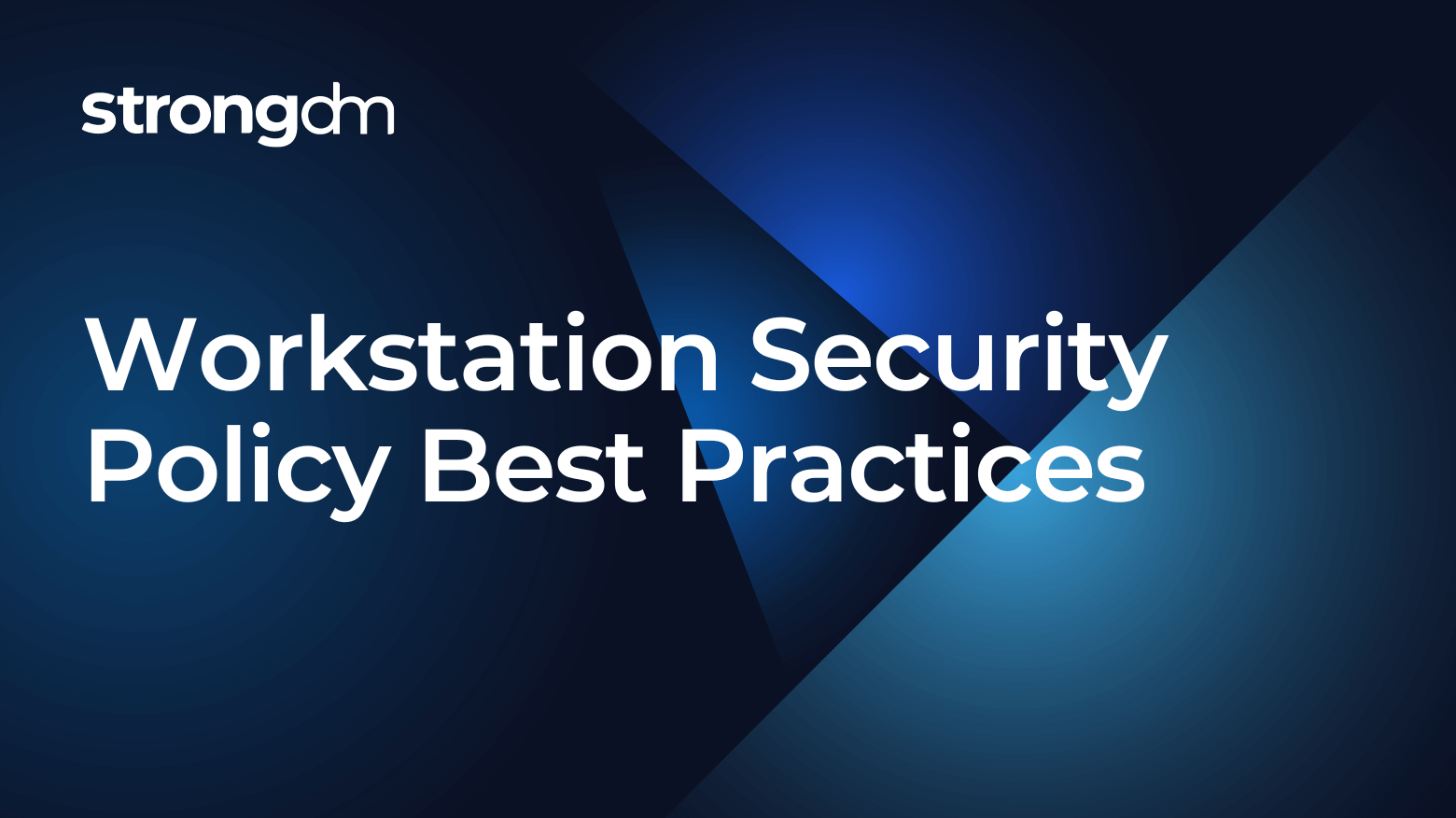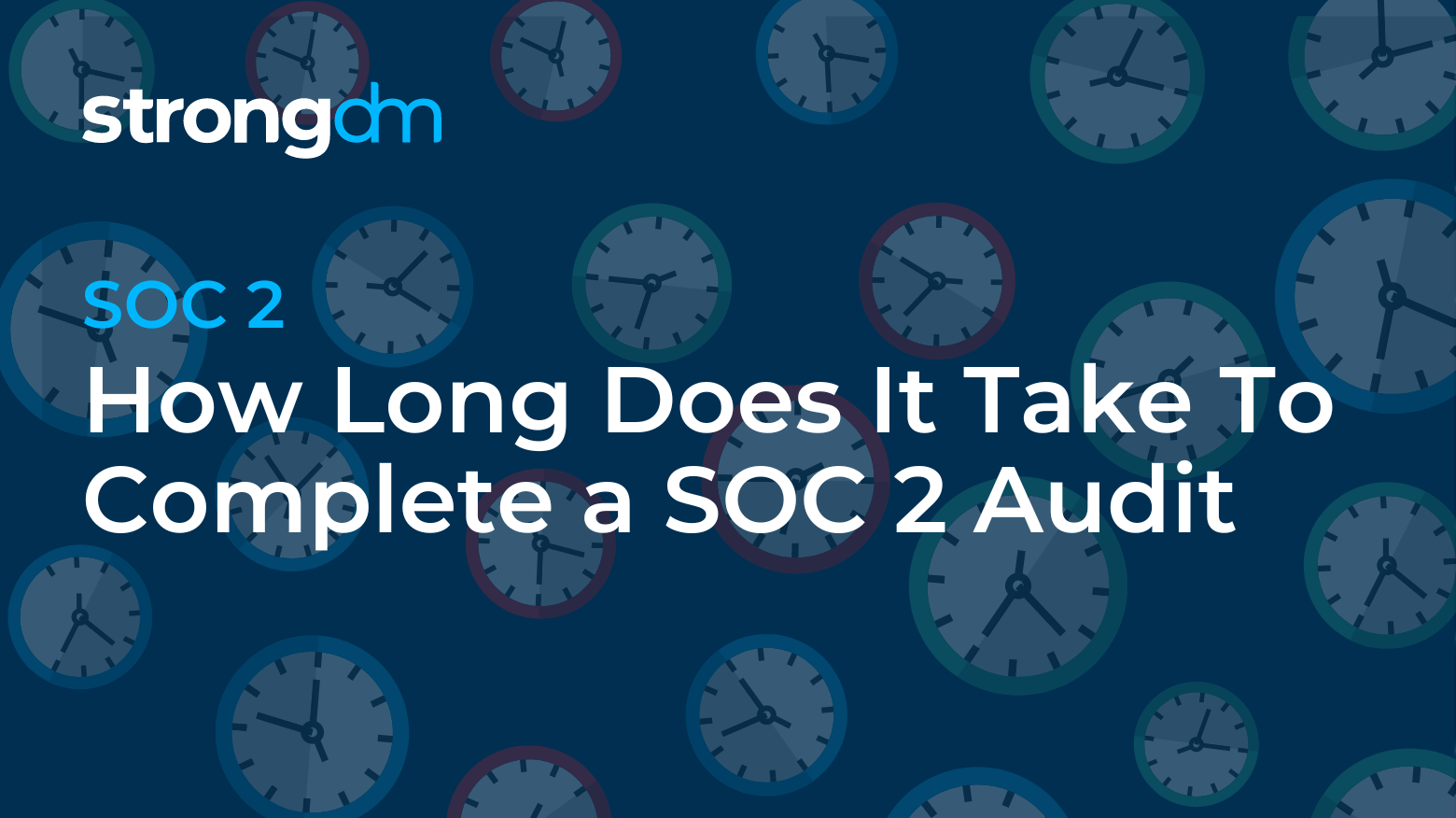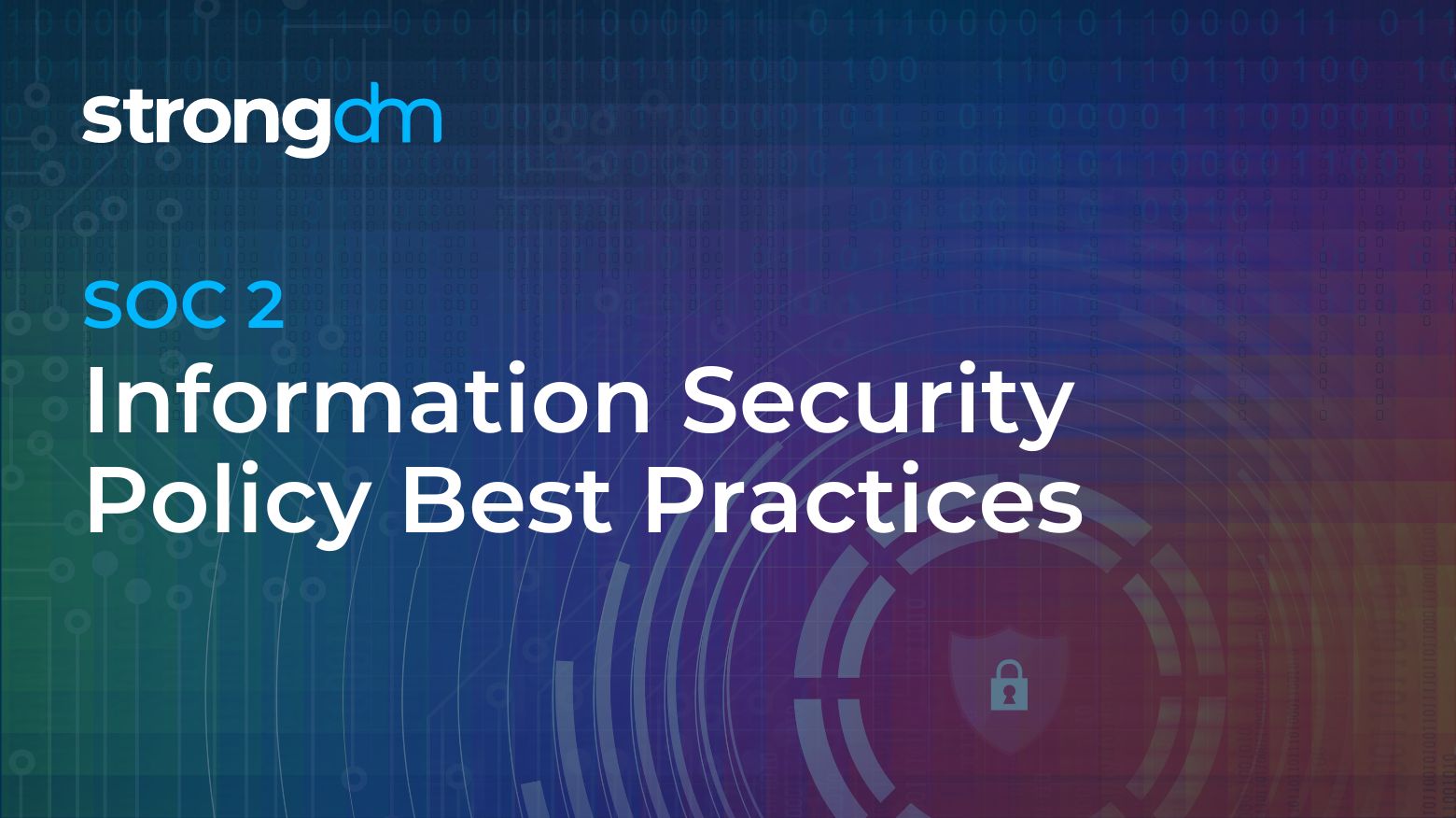As you work through the rigorous SOC 2 requirements, it is easy to get tunnel vision because so much of your work focuses on protecting your customers and their information. But what about the vendors you work with? Do you have a third-party IT vendor management strategy to address the risks they bring to your organization?













